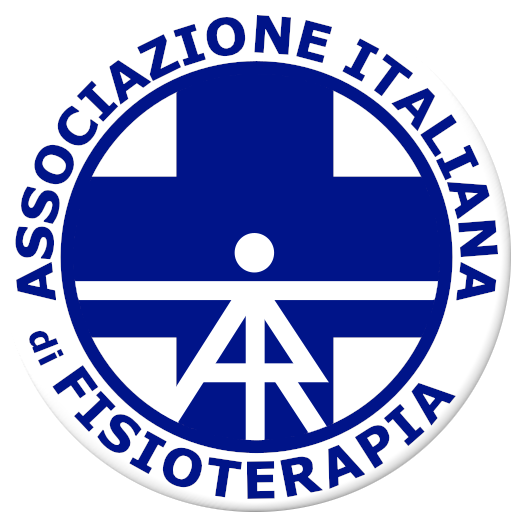Un caso clinico: un percorso di riabilitazione neuromotoria individualizzato e “patient centered” in un quadro di disabilità grave
A case report: an individualized and “patient centered” neuromotor rehabilitation path in a context of severe disability
Introduction
| Intro
GF 22 y/old M is a patient admitted in residential care at the Seraphic Institute a Neurorehabilitation Center in Assisi that offer comprehensive rehabilitation-educational interventions including neuromotor treatment. GF presents with blindness, tetraparesis with spasticity most evident at lower limbs, a flexed head and trunk posture in both standing and sitting position, and severe right convex dorsolumbar scoliosis. At beginning of treatment in April 2022 he patient was able to move independently with a standard wheelchair ; he needed verbal and sustained physical support for postural transfers and transitions ; in sitting position the subject had good head and trunk control; he was able to use effectively both upper limbs predominantly the right one; he could keep the standing position with bilateral or anterior support for a few seconds, and he could walk with a walker with posterior support. |
Methods
Neuromotor rehabilitation consisted in treatments carried out in a therapeutic pool and gymnasium; it was based on exercises aimed to allow GF acquiring a stable upright station, strengthening the muscles of the lower limbs, and urging autonomous ambulation that would improve autonomy in performing ADLs and facilitation in social participation. Exercises offered in gymnasium stressed upright position without supports, with different podal support surfaces and walking with the tetrapod. The activities performed in the swimming pool consisted of Sit to Stand, jumping, leg beats and walking performed with unstable supports and obstacles to overcome during walking.
Results
During the year of individualized treatment, GF showed significant improvements in different motor skills. By the end of treatment, he was able to keep: the sitting position with excellent head and trunk control; in the transition from sitting to standing he required only minimal support as well as to keep standing position. The patient showed improvement in trunk control during ambulation, particularly in hydrokinesiotherapy although he needed reinforcement to improve the gait pattern and internalization of the correct sequence and coordination of moments.
Discussion and Conclusion
This case highlights that in persons with complex disability, individualized and tailored treatment proves to be the best tool for implementing an intervention that places the individual at the centre of his or her rehabilitation program in order to achieve functional motor results impacting patient’s quality of life. The neuromotor rehabilitation pathway on a bi-weekly basis is lacking to be able to achieve consolidated results in line with the set goals; certainly greater cooperation in stimulating the user’s motor autonomy by the educational figures of the Institute, with whom he spends more time, would reinforce the achievements made in the gym.
REFERENCES
“Proposte riabilitative nelle paralisi cerebrali infantili”, Adriano Ferrari, ed. Del Cerro 2003
“Elementi di riabilitazione nella disabilità plurima”, F. Marchionni et al., ed. Istituto Serafico 2006
“Edi. Ermes 2001
“Cerebral Palsy: An Overview”, Vitrikas, Dalton and Breis, 2020
“Sit-to-stand training for self-care and mobility in children with cerebral palsy: a randomized controlled trial”, Chaovalit et al. 2021
